From home décor and industrial tools to aircraft and jewelry, there are few things the mighty 3-D printer can’t do. But scientists have been struggling to 3-D print human tissues with the right material, at the right size. In a newly published paper in the journal Science, researchers from Carnegie Mellon University might have just solved this problem.
The team, led by Professor Adam Feinberg, used their second-generation 3-D printing technology — called Freeform Reversible Embedding of Suspended Hydrogels (FRESH) — to create different components of the human heart. The current paper builds on work published back in 2015, when they first introduced FRESH technology. Now, the technique is licensed out to FluidForm, a startup biotech founded by Dr. Feinberg.
The goal is to assemble all of these different pieces into a functional organ, which could give patients in need of a new heart another chance at life.
Each of the components the scientists were able to make were made of collagen, one of the most widely used biomaterials in tissue engineering.
“Collagen is an extremely desirable biomaterial to [3-D] print with because it makes up literally every single tissue in your body,” says Andrew Hudson, a Biomedical Engineering PhD student in Feinberg’s lab and co-first author on the paper.
However, scientists have found it difficult to stack multiple layers of collagen, necessary to build complex structures, due to thermal instability. To overcome this, the team used an embedded printing approach where the collagen is supported by a gelatin “bath” which could be melted away once the collagen solidifies at a certain pH. This approach allowed the team to layer collagen into stable structures with the correct anatomical features of an adult human heart.
“We’ve taken clinical imaging data, things like MRI, and we’ve used that to help design different scaffolds that represent different parts of the heart, things like heart valves, blood vessels, even contractile beating ventricles,” explains Feinberg. “We used that together with collagen and human stem cell-derived cardiomyocytes to start to build functional pieces of tissue that contract, valves that open and close and really, multi-scale blood vessels.”
Another challenge many tissue engineers face is vascularizing these constructs. The Carnegie Mellon researchers were able to promote blood vessel growth by adding growth factors into their collagen bio-ink. This blood vessel network is critical for cells to survive and to properly integrate with the host’s system.
RELATED VITALS: FDA Provides Much-Needed Guidance to 3-D Printed Medical Device Manufacturers
With this proof-of-concept work published, the team has many other challenges to tackle.
“It is important to understand that there are many years of research yet to be done,” adds Feinberg, “but there should still be excitement that we’re making real progress towards engineering functional human tissues and organs, and this paper is one step along that path.”
As they further refine the technology, they will need to find a way to generate the billions of cells required to recreate organs fit for animals for preclinical testing, as well as for humans. Immune rejection of a foreign material, despite its compatibility with human tissues, can be fatal for patients who receive a new organ, 3-D-printed or otherwise.
The possibilities of 3-D printing in science and healthcare are truly endless. Bioprinted platforms can be developed for drug testing, wound repair and prosthetics, in addition to implantation. Other groups have used 3-D printing technology to make human bladders, kidneys, brains, stomachs and prosthetics. Advanced technologies and greater public interest in these works have attracted investors and regulators alike.
Investors appear to have a great interest in the regenerative medicine field. Globally, companies working in gene or cellular therapies or tissue engineering raised $4.8 billion in the first half of 2019, showing no signs of stopping.
The US Food and Drug Administration (FDA) is also acknowledging the importance and potential applications of 3-D printing. They have guidance on 3-D printed medical devices such as prosthetics and medical instruments and had expressed plans to review regulations and develop guidance for tissue-based products back in 2017.
Ultimately, this is a work in progress towards the goal of offering a safe and effective option for patients requiring organ transplants. Approximately 4,000 patients are waiting for a heart transplant in the US but only a fraction of them will proceed with the surgery. Many others do not meet eligibility criteria or die waiting for the right donor.
Scientists working in regenerative medicine and tissue engineering are working towards filling this unmet clinical need. As the field continues to build momentum, we will get closer and closer to better treatment options for patients.


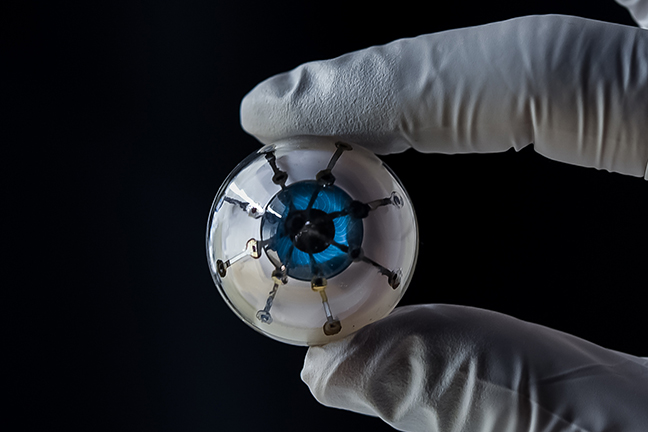
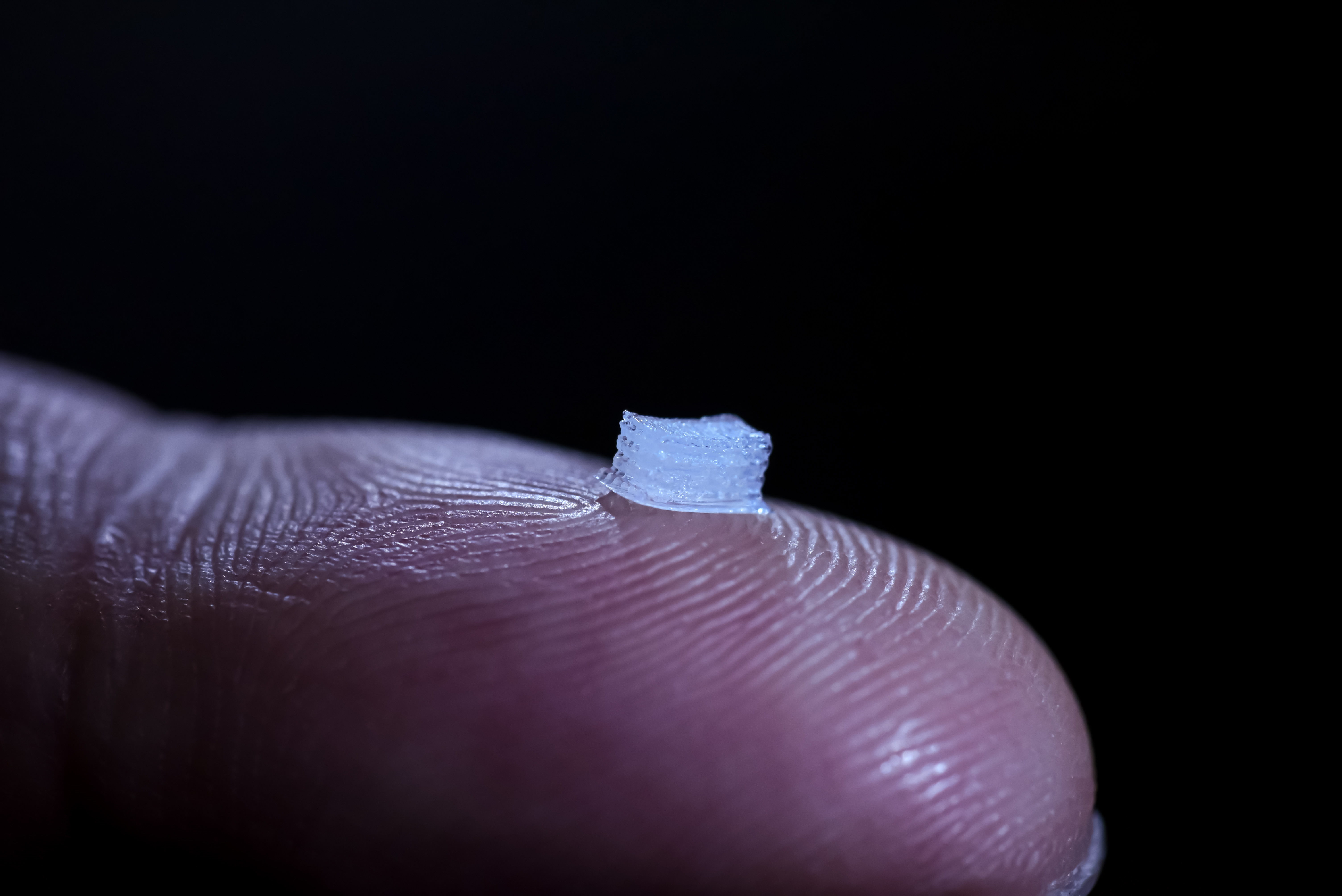
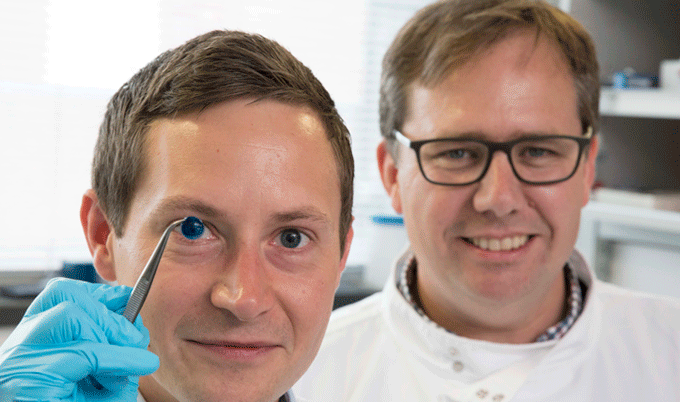
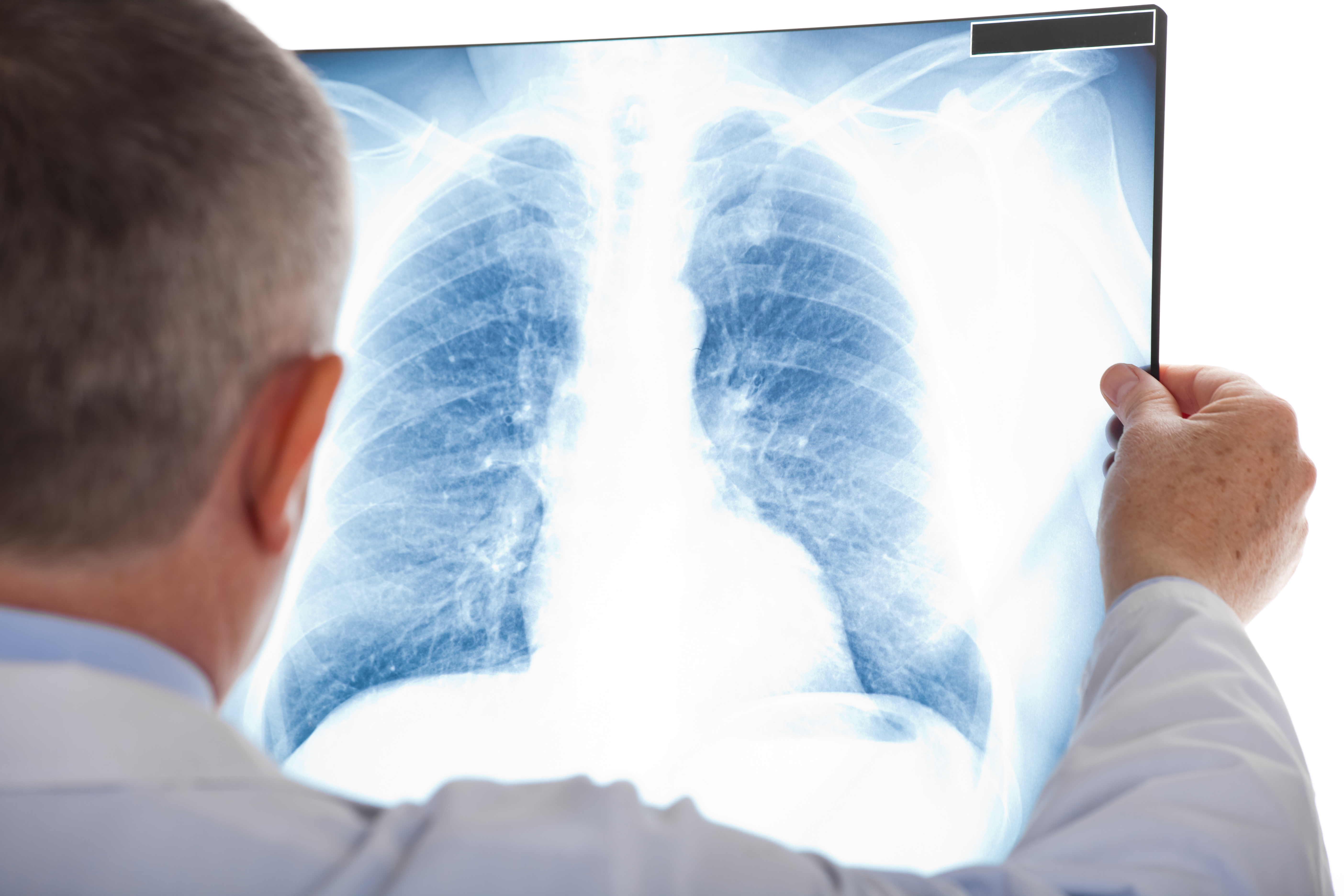
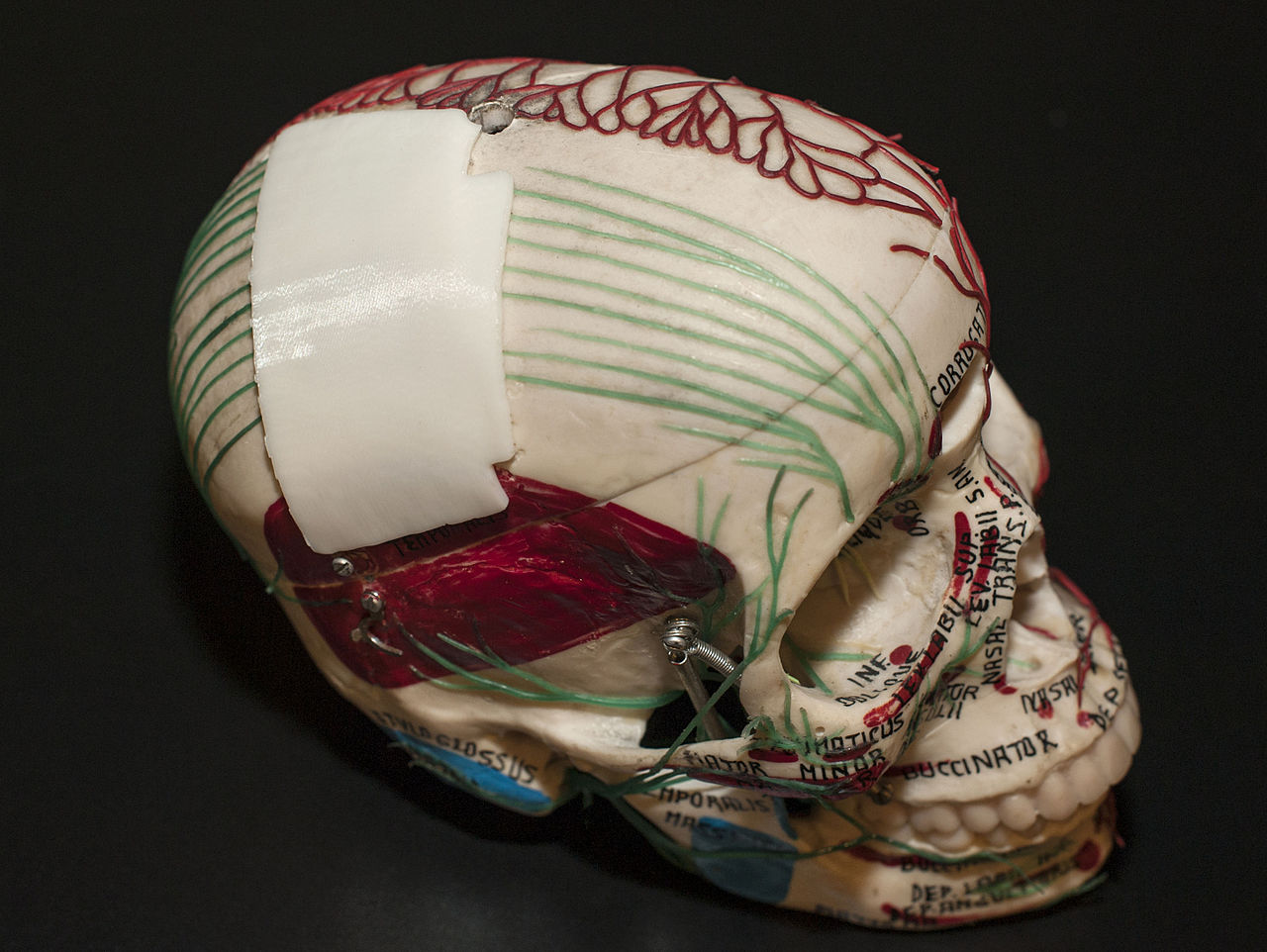





Join or login to leave a comment
JOIN LOGIN